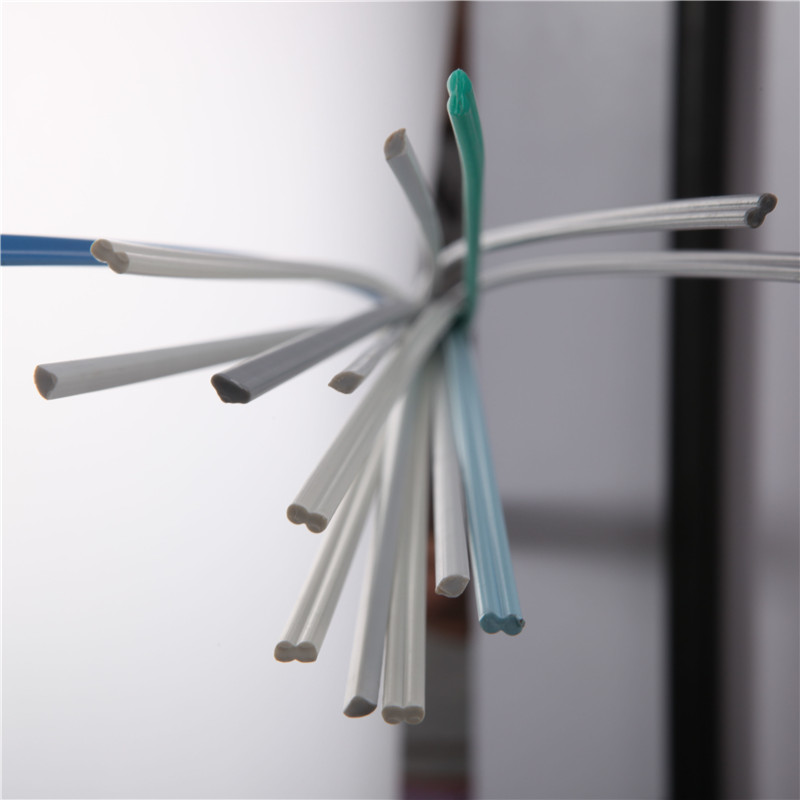کانونی یەکەم . 22, 2024 09:13 Back to list
plumbing pipes and fittings
Understanding Plumbing Pipes and Fittings A Comprehensive Guide
When it comes to the intricate world of plumbing, the fundamental components that allow for the efficient conveyance of water are pipes and fittings. Whether in residential homes or commercial buildings, the proper selection and installation of these elements can have a significant impact on the overall functionality and longevity of a plumbing system. This article will explore the various types of plumbing pipes and fittings, their applications, and essential considerations for anyone looking to undertake plumbing projects.
Types of Plumbing Pipes
1. PVC Pipes (Polyvinyl Chloride) PVC pipes are light, durable, and resistant to corrosion, making them a popular choice for various plumbing applications. Due to their affordability and ease of installation, they are often used for cold water supply lines, drainage, and venting systems. However, PVC pipes are not suitable for hot water applications, as high temperatures can cause them to warp.
2. CPVC Pipes (Chlorinated Polyvinyl Chloride) Similar to PVC, CPVC pipes are designed to handle higher temperatures, making them suitable for hot and cold water distribution. The added chlorine in CPVC allows these pipes to withstand heat without deforming. They are also versatile in various plumbing systems, including residential and commercial setups.
3. Copper Pipes Renowned for their durability and resistance to rust, copper pipes have been a staple in plumbing for decades. They are often used for water supply lines, gas lines, and even for heating systems due to their excellent conductivity. Although more expensive than plastic alternatives, their long lifespan often justifies the initial investment.
4. PEX Pipes (Cross-Linked Polyethylene) PEX has gained immense popularity due to its flexibility, ease of installation, and resistance to scale and chlorine. It can be snaked into walls easily, making complex installations simpler. PEX is primarily used for water supply lines but should not be exposed to sunlight for extended periods, as UV rays can degrade the material.
5. Galvanized Steel Pipes Once a common choice, galvanized pipes are coated with zinc to prevent rusting. However, over time, they can corrode from the inside, leading to reduced water pressure and contamination. Their usage has declined in favor of more modern materials, but they may still be found in older homes.
Types of Fittings
Fittings are crucial components used to connect sections of pipes, redirect flow, and adapt pipes to different sizes or types. Here are some common fittings
1. Elbows Elbow fittings allow pipes to change direction, typically coming in 45-degree or 90-degree angles. These are essential for navigating around obstacles in plumbing installations.
plumbing pipes and fittings

2. Tees Tees are used when a branch line needs to connect to a main line. They have three openings one for the incoming pipe and two for outgoing connections.
3. Couplings Couplings are designed to connect two pipes of the same diameter in a straight line. They can be either slip couplings (which slide over pipe ends) or threaded couplings (which tighten onto the pipe).
4. Reducers When there is a need to connect pipes of different diameters, reducers come into play. They serve as a transition from a larger pipe to a smaller one, crucial for controlling water flow and pressure.
5. Adaptors Adaptors allow for the connection of two different types of pipes, for example, joining PVC to copper. These specialized fittings are essential for ensuring compatibility in mixed-material plumbing systems.
Key Considerations
When selecting plumbing pipes and fittings, several factors must be considered
- Local Building Codes Always check local plumbing codes, as they dictate the materials and installation methods permitted in your area.
- Water Pressure Understanding the water pressure in your home can aid in determining the appropriate pipe material and size.
- Temperature Consider the temperatures the pipes will be exposed to; certain materials are not suitable for hot water.
- Budget Pricing varies greatly among materials. Balancing cost with durability and performance is crucial.
In conclusion, the right choice of plumbing pipes and fittings is essential for a functional and efficient plumbing system. By understanding the properties and applications of different materials, anyone can make informed decisions that lead to successful plumbing projects, ensuring reliable water flow and minimizing future maintenance issues. Whether you are a homeowner tackling a DIY project or a professional plumber, knowledge of plumbing pipes and fittings is invaluable.
-
Durable PP Rigid Sheet: Lightweight, Chemical Resistant Solutions
NewsAug.21,2025
-
PVC Grey Sheet for Extraction: Chemical Resistant & Durable
NewsAug.19,2025
-
Durable PVC Pipe Fittings for Plumbing & Irrigation Needs
NewsAug.18,2025
-
HDPE Steel Belt Reinforced Spiral Corrugated Pipe | High Strength
NewsAug.17,2025
-
HDPE Pipe Fittings: Durable, Leak-Proof Solutions
NewsAug.16,2025
-
Premium CPVC Sheet: High-Temp & Chemical Resistant Solutions
NewsAug.15,2025

